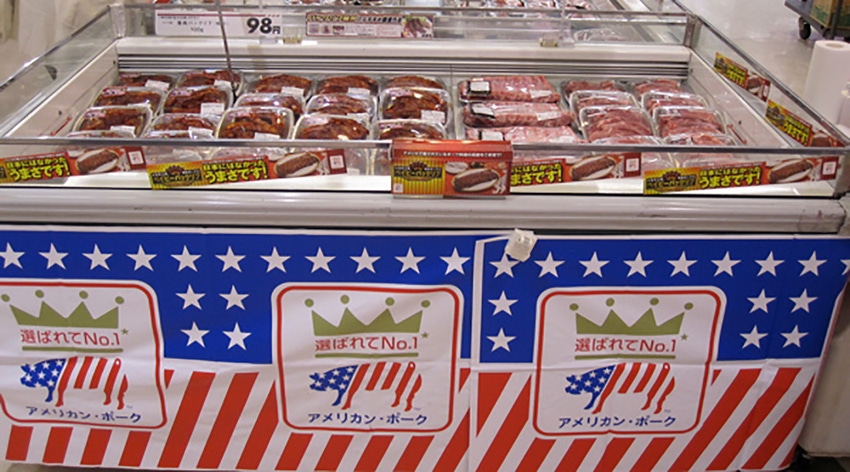For instance, a trade deal with India, the second-most populous nation in the world, would provide a tremendous opportunity for U.S. pork producers.
September 26, 2019

The U.S. pork industry ships more product to the 20 countries covered by free-trade agreements than to the rest of the world combined. Therefore, expanding export opportunities through trade agreements remains a top priority for U.S. pork producers, National Pork Producers Council director of International Affairs Maria Zieba told attendees Thursday at a Global Business Dialogue event in Washington, D.C.
During the event, sponsored by NPPC and held at the National Press Club, Zieba said NPPC was very pleased this week when the U.S. and Japan signed a trade agreement, returning U.S. pork to a level playing field in one of its most important export markets. With a trade deal in place with Japan, NPPC is now focusing on trade agreements with numerous other countries.
One of NPPC’s most pressing priorities is rapid congressional ratification of the U.S.-Mexico-Canada agreement, securing long-term zero-duty access to two of its largest export markets. Last year, more than 40% of U.S. pork exported went to Canada and Mexico. USMCA will strengthen the strong economic ties with North American neighbors and ensure tariff-free trade with the two countries, Zieba explained.
Unfortunately, the trade situation with China remains frustrating, Zieba says. The trade dispute with China has cost U.S. pork producers $8 per animal, or $1 billion on an annualized basis. “While recent Chinese media reports have suggested tariff relief for U.S. pork, we need to remove market access uncertainty and gain permanent, competitive access to China,” she says.
U.S. pork producers are seeking the elimination of tariff and non-tariff barriers in a variety of other export markets promising significant growth opportunities, Zieba says. For instance, a trade deal with India, the second-most populous nation in the world, would provide a tremendous opportunity for U.S. producers to provide safe, wholesome and nutritious pork products to consumers in that country.
NPPC is also working to expand other export markets as well, including Jamaica, the Philippines, Thailand, Vietnam, Australia, South Africa and Brazil.
“Pork is one of our country’s most competitive export products and we will continue to fight for the chance to meet the rising global demand for the world’s most popular protein,” Zieba says.
Source: National Pork Producers Council, which is solely responsible for the information provided, and wholly owns the information. Informa Business Media and all its subsidiaries are not responsible for any of the content contained in this information asset.
About the Author(s)
You May Also Like



